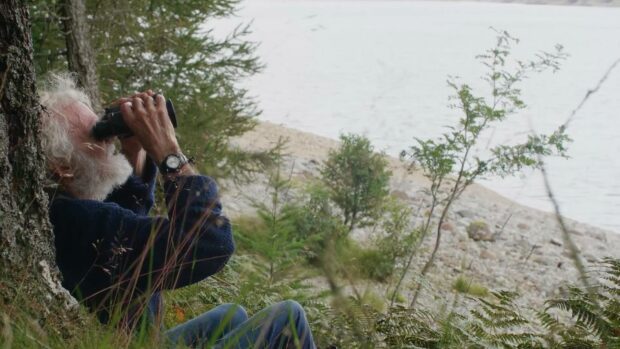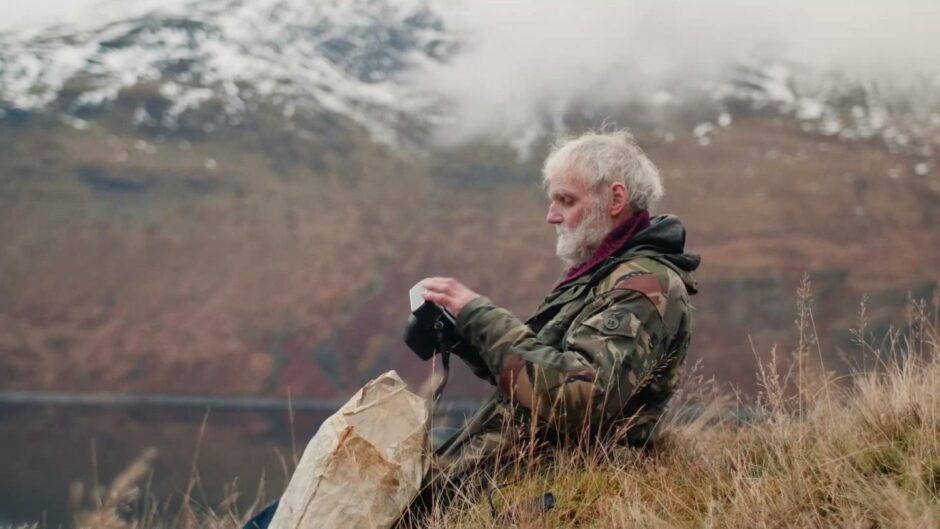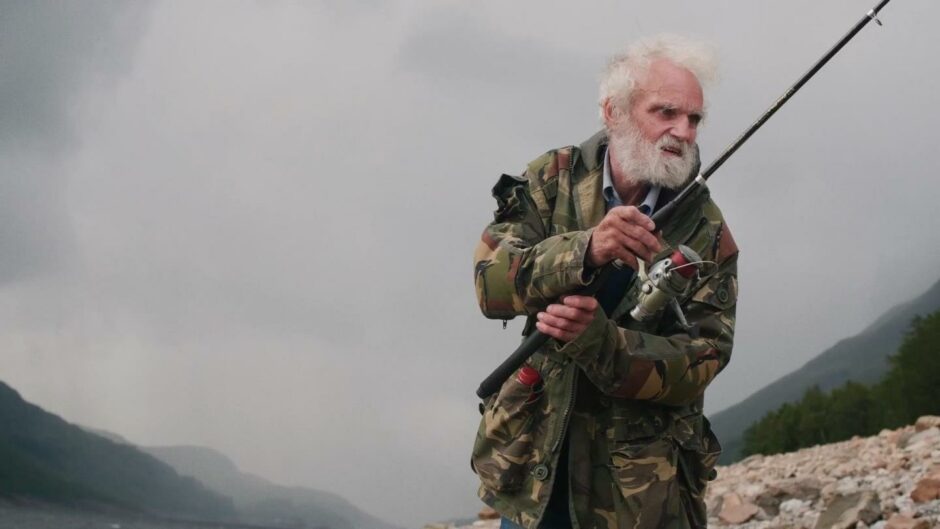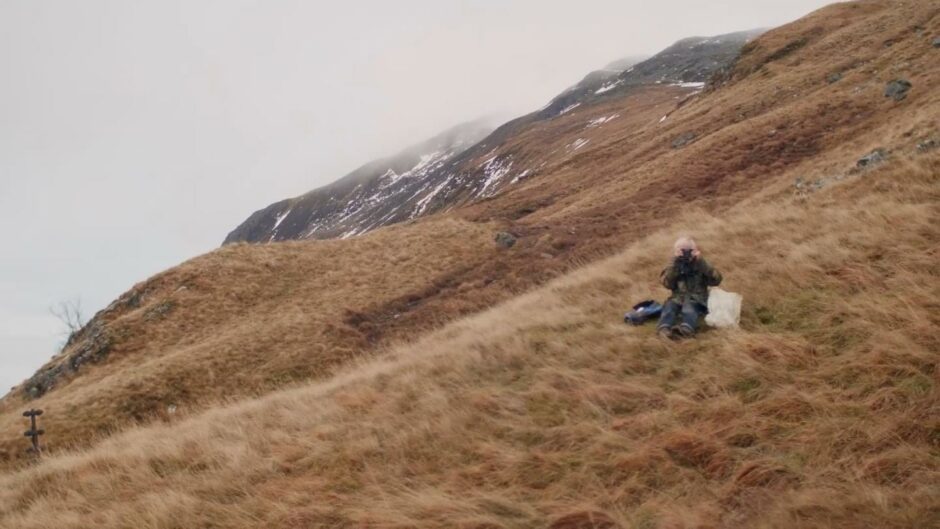A new BBC documentary following the Hermit of Treig was both an eye-opening and enlightening watch. Here, Lauren Taylor looks at what lessons she learned from Ken Smith’s unconventional life…
Ken Smith has lived in a hand-made log cabin on the banks of Loch Treig for almost four decades.
When I first heard about this man I was intrigued. I wanted to learn more about how a 74-year-old could survive in the remote Highlands without any running water, gas or electricity in 2021.
In my mind, a hermit avoids all people, shuns modern living and fears technology.
I couldn’t help but wonder how filmmaker Lizzie MacKenzie came into contact with him and why he would ever allow someone to intrude into his life of solitude.
Here are some of the things I learned from watching The Hermit of Treig BBC documentary:
It is possible to live off the land
The 74-year-old lives a two-hour walk away from the nearest road, far away from any supermarket or convenience store.
Mr Smith survives by growing his own vegetables, foraging for berries, and fishing in the loch.
He claimed: “If you want to learn how to live an independent life what you have to do is learn how to fish.”
Additionally, his log cabin is heated solely by a roaring log fire and he has to chop the firewood and carry it home.
He said: “I think, if you love the land, it sort of loves you back.
“It loves you back in all the things it produces for you.”
Living ‘off-grid’ doesn’t mean no technology
Mr Smith uses the radio to listen to forecasts and prepare for any weather warnings.
He also uses different cameras to capture his life around the ‘lonely loch’, explaining that pictures help him to remember things.
There is no mobile signal at Rannoch Moor, so Mr Smith was given a GPS personal locator beacon. He would give off a signal to let people know he was okay once a week.
In 2019, he used the GPS device to trigger an SOS when he suffered from a stroke, and again a year later when a log pile collapsed on him.
The Hermit of Treig needs medical attention too
It was strange to watch Mr Smith in hospital following his stroke. He looked out of place in the modern, clinical building, using a remote to make his headrest rise.
Workers from NHS Highland also took him out to practice fishing to make sure he was stable enough to go home and look after himself.
This suggests he hasn’t completely shunned modern living as he accepts the medical care he needs and allows himself to get better so he can return to the life he loves.
There are no days off when you live off the land
No matter if it’s raining or snowing you need to leave your warm, safe cabin to collect and chop firewood or find food.
There was one scene where Mr Smith had taken a fall and was cut and bruised and still needed to go about his day to make sure he was safe.
It surprised me, because although life on the bank of a loch seems tranquil, I never realised how much work went into surviving.
He said: “If you’re walking and you feel tired you must not stop. Many people stop and they find them dead the next morning, they just can’t stand it anymore and they want to give their body a rest, so they go to sleep and they perish.
“I always make sure no matter how knackered and tired I will not stop – you must never ever stop.”
You can still drink alcohol while living ‘off-grid’
Again, with no access to supermarkets or shops, I thought there would be no alcohol to hand for Mr Smith. Alcohol is surely a luxury you need to buy?
I was wrong – he makes his own wine and beer using produce from the land.
The 74-year-old showed off an impressive collection of around 80 gallons of homemade wine that he was saving for his own funeral.
You should live life on your own terms
Mr Smith, originally from Derbyshire, chose his isolated and reclusive lifestyle to explore his fascination with wilderness and as a way to deal with his grief.
Despite advice from doctors, he doesn’t want to leave his cabin to move to a council flat in Fort William.
“It’s a nice life,” he said. “Everybody wishes they could do it but nobody ever does.”
He knows that he won’t live forever and he wants to enjoy the time he has spending it in the place he loves.
You can live like the Hermit of Treig but keep in touch with people
Mr Smith writes plenty of letters each week to friends from back home or to people he met when he was walking around the US states.
He explained that he never knows when he will next see a person, it could be the next day or it could be up to a fortnight.
The elderly recluse also relies more on help after the stroke left him with double vision and memory loss. The stalker on the estate now brings him some provisions from Fort William every couple of weeks, which Mr Smith pays for from his pension.
It is still possible to care about people
Before watching the documentary, I believed that hermits were reclusive because they simply don’t like people.
I’ve discovered it’s far more complex than that and there are many reasons why someone might choose a life of solitude.
As the programme goes on you realise Mr Smith is quite a caring person who just loves the outdoors and wilderness.
I first had this thought when I realised he wrote letters to his friends from home and that he was planning his own funeral so that the people close to him could celebrate his life.
However, the scene where he makes sure the filmmaker doesn’t fall on the ice and snow cemented my view that he is a caring and tender person, who just chooses to live differently than the rest of us in the 21st century.



